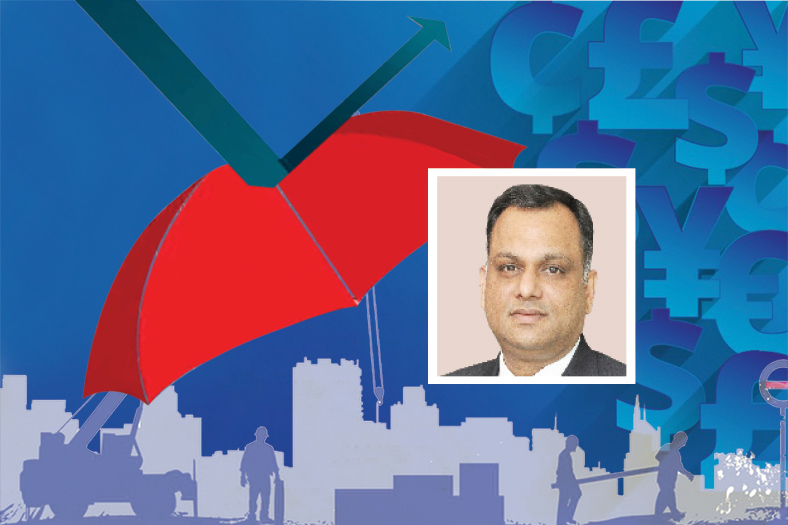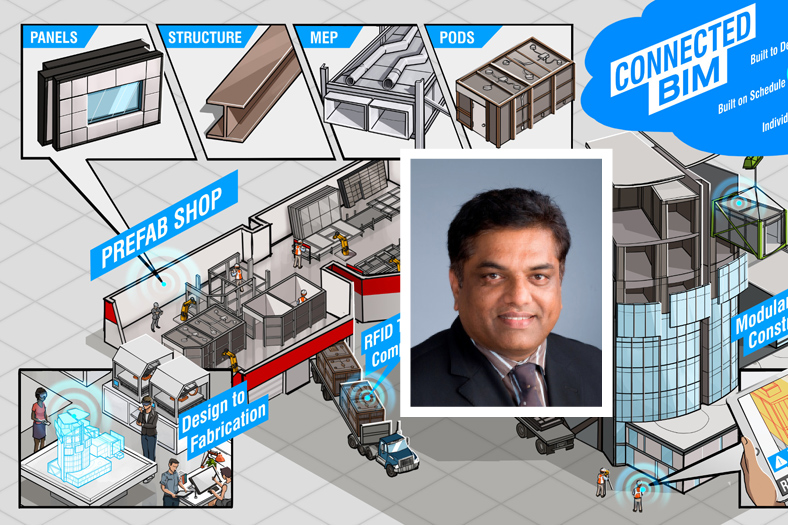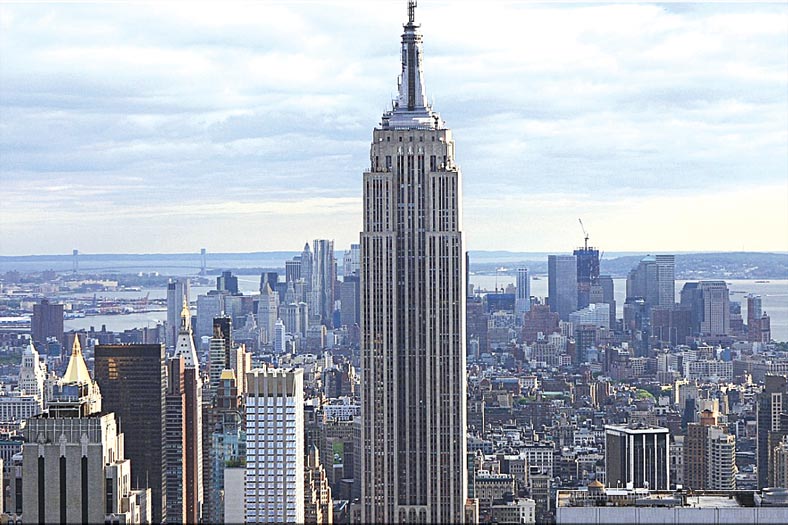Why Build Green?

Highlighting the tangible as well as intangible benefits of green buildings
Green buildings are steadily gaining popularity amongst building owners, tenants and developers, owing to their environmental, economic and social benefits. By their very definition, green buildings are designed to be healthier, energy efficient, water efficient and are constructed using environmental friendly materials.
Green buildings have both tangible as well as intangible benefits. Direct benefits are easily quantified, in terms of energy savings, reduced water consumption, better waste management and have become prominent advertising points for developers and owners alike. Indirect benefits on the other hand, are evident in the long run, stemming from safe healthy indoor environments that enhance productivity and reduce absenteeism. In fact, studies show that the impact of indirect economic benefits, for example of using locally available low embodied materials, could be equal to, if not more than, the direct benefits.
Direct economic benefits are also increasingly common, through higher allowable built up area (FSI), tax benefits, better building valuations and marketability, creation of green jobs, livelihoods from local ecosystem services, green finance and loans, corporate social responsibility (CSR) obligations of large organisations, carbon emissions trading etc. However, to maximise benefits, it is essential for green buildings to maintain the delicate balance among economy, ecology and equity.
Green strategies may be classified as low-, medium- and high-cost measures. While design related measures require no added costs, implementation of construction related best-practices have moderate financial implications, requiring time and sustained effort from the entire site team. High-cost green strategies include technologies like renewable energy systems, hybrid HVAC systems, energy efficient building envelopes, high-performance fenestrations, smart building management systems etc.
Payback period
The return on investment (ROI) for such measures depends largely on the climate, intensity of use, and hours of operation of the building. Studies by Environmental Design Solutions (EDS) indicate that the incremental cost for a green building may range from 0 per cent to 8 per cent of the overall project cost, depending on the sustainability credentials achieved. Empirical studies for short-term economic benefits indicate that while medium cost measures may recover the initial extra investment in 2-3 years, the high cost measures may have payback periods of 6-10 years. With proper maintenance and monitoring through smart O&M systems, green buildings in India may typically provide direct economic benefits throughout their life. Periodic audits, upgrades, retrofits and improvement in technology are expected to increase the economic benefits even further. It is safe to say that “Smart” green buildings are the future, with better control over building performance parameters, benchmarked with global best practices and established protocol for sustainability reporting. The short- and long-term economic benefits of such buildings may be tracked real-time, creating a culture for continuous feedback and improvement.
Optimising energy efficiency
Green buildings are designed to be extremely energy efficient as compared to conventional buildings. Right from the design stage, the building energy demand is reduced using a variety of strategies to respond to the climatic conditions, site conditions and occupancy patterns. Extensive energy simulations are carried out to estimate the impact of potential green features and implement the best of these. Passive design strategies include optimising orientation of the building and spaces, optimising glass area, fenestration and shading devices, daylight and natural ventilation, courtyard effect, earth sheltering, insulation, passive cooling systems etc.
Mainstream active solar technologies available in the Indian market include solar photovoltaic panels, solar thermal for hot water, wind turbines, bio-gas plants, ground source heat pumps, dynamic shading devices, solar waste compactors, solar lights and solar pumps, among others.
Monitoring equipment like daylight and occupancy sensors, water meters and energy meters may be installed to measure a variety of end uses, to identify usage patterns and to optimise the systems automatically to maximise energy efficiency. These systems may also be used to detect faults and reduce wastage, thereby helping achieve additional savings.
Periodic awareness programs and educational visual media may be used to sensitise the occupants about the importance of conserving energy. This goes a long way in managing expectations regarding indoor thermal comfort. For example, in actual practice, it has enabled several organisations to raise the air-conditioning temperature set-point from 24 C to 27 C in their buildings, without any complaints of discomfort from their employees, thereby reducing running costs for HVAC systems.
IIT Jodhpur – A green campus in the making
The upcoming campus for Indian Institute of Technology Jodhpur (IIT-J) is a great example of sustainable design for hot and dry climates. The project aims to be the first ‘net zero energy, water and waste educational campus in India. While the estimated energy consumption of a conventional fully residential educational campus is about 90-150 kWh/m2/y, the IIT-J campus shall consume less than 45-50 kWh/m2/y of energy annually. Even with conservative estimates, the overall energy savings are expected to be more than 50 per cent. Optimised North-South facing floor plates, insulated roofs and cavity walls, fully-shaded insulated double glazed windows providing daylight in more than 90 per cent of the regularly occupied areas, high-efficiency artificial lighting systems and a centralised chilled water loop for air-conditioning are some of the salient sustainability features which reduce energy demand. The buildings are clustered in circular settlements with the largest being 400-metre in radius, making it possible to walk from a residence to the place of work in less than 10 minutes. A two-km long and 15-metre high earth-sheltered building, protects the settlement from hot dusty winds blowing in from the south-west during summer, making it easier to walk comfortably and keeping windows open for most of the year.
Trees, swales and small water bodies are located strategically to eliminate the effects of urban heat islands and cool the settlement by several degrees as compared to the surrounding desert environs. A 23 MW grid interactive solar PV installation shall power the entire campus through a smart grid in the final phase making it a unique ‘net zero energy’ campus. Overall, the design aims to maximise the benefits of sustainability with minimal incremental costs and payback periods.
In the long run, as the market for green buildings in India matures, it is expected that the initial extra costs would decrease further, resulting in shorter payback periods and increased financial viability. At the same time, learning from projects like IIT-J would act as benchmarks to usher in the next level of state-of-the-art integrated green campuses.
Authored by__
Lead author: Spondon Bhagowati, Project Manager, Environmental Design Solutions Pvt. Ltd.
Co-author: Garima Sharma, Green Building Analyst, Environmental Design Solutions Pvt. Ltd.
19
Cookie Consent
We use cookies to personalize your experience. By continuing to visit this website you agree to our Terms & Conditions, Privacy Policy and Cookie Policy.









